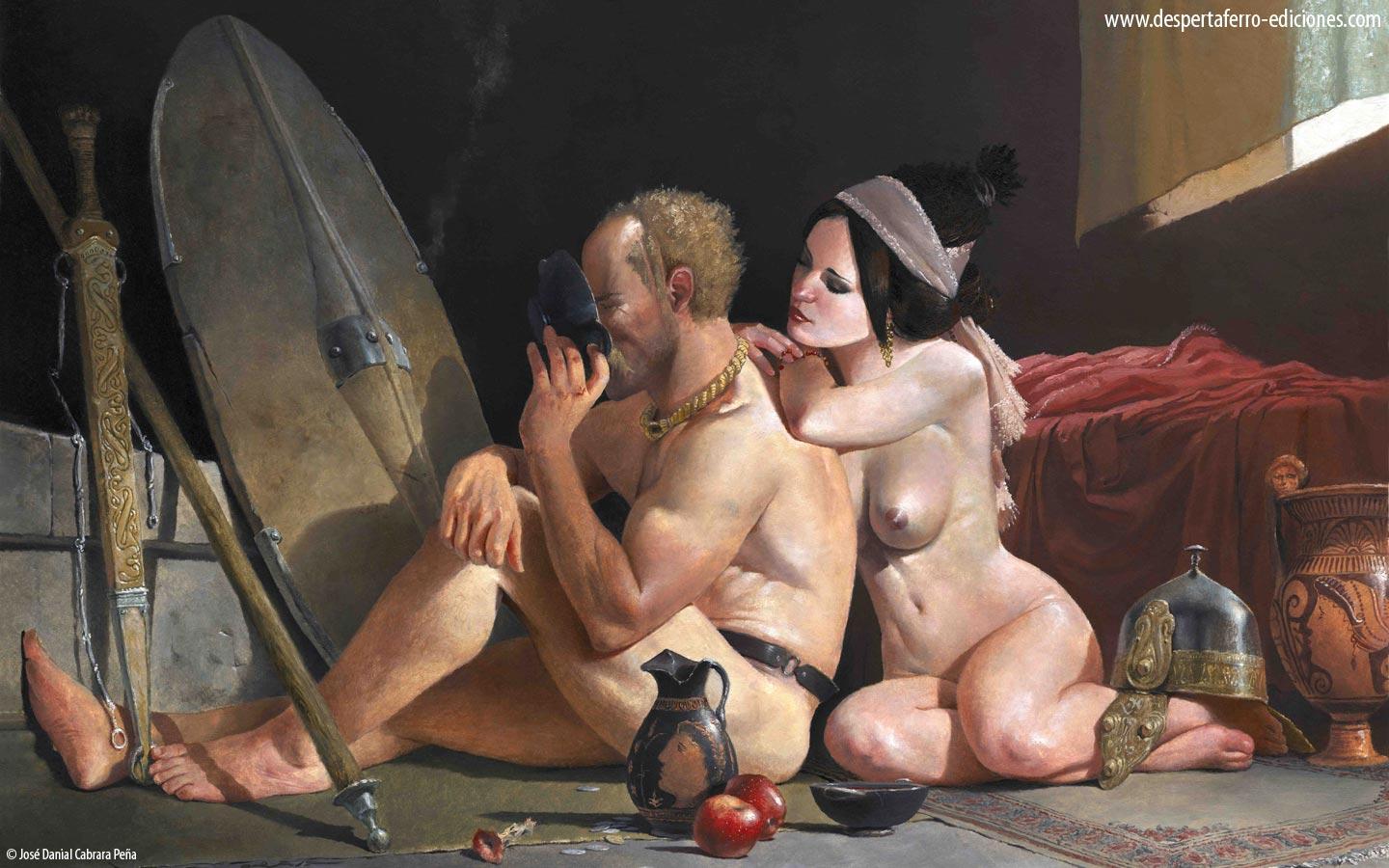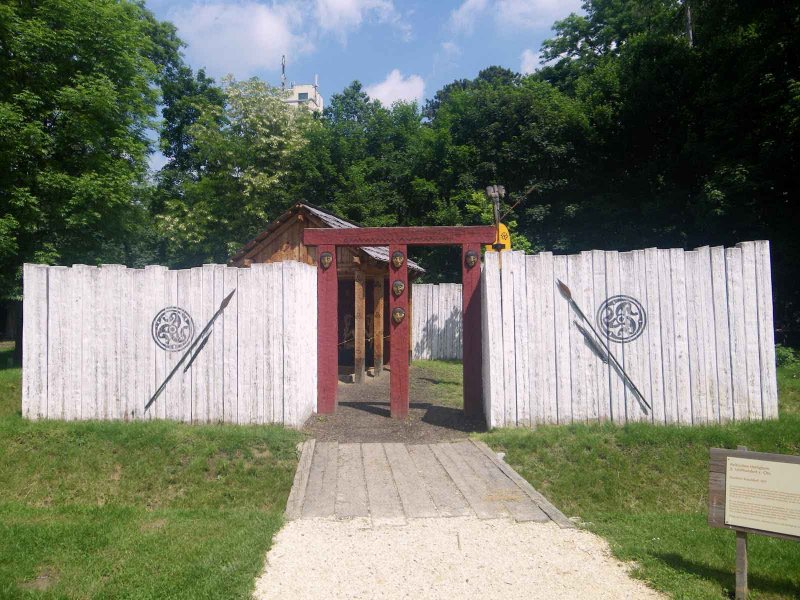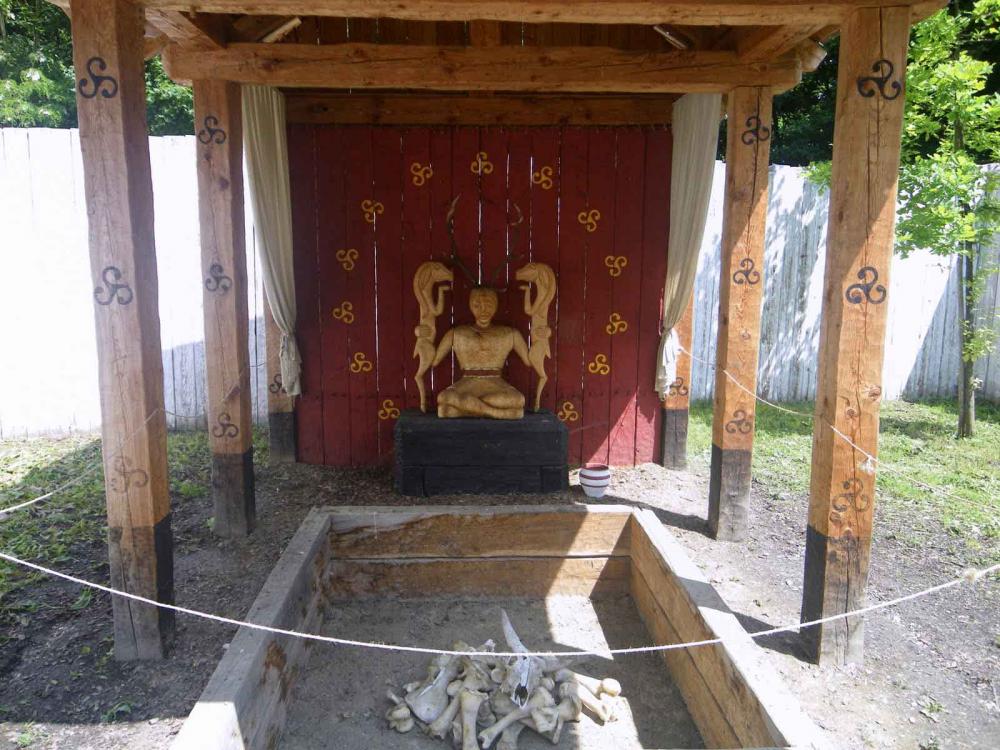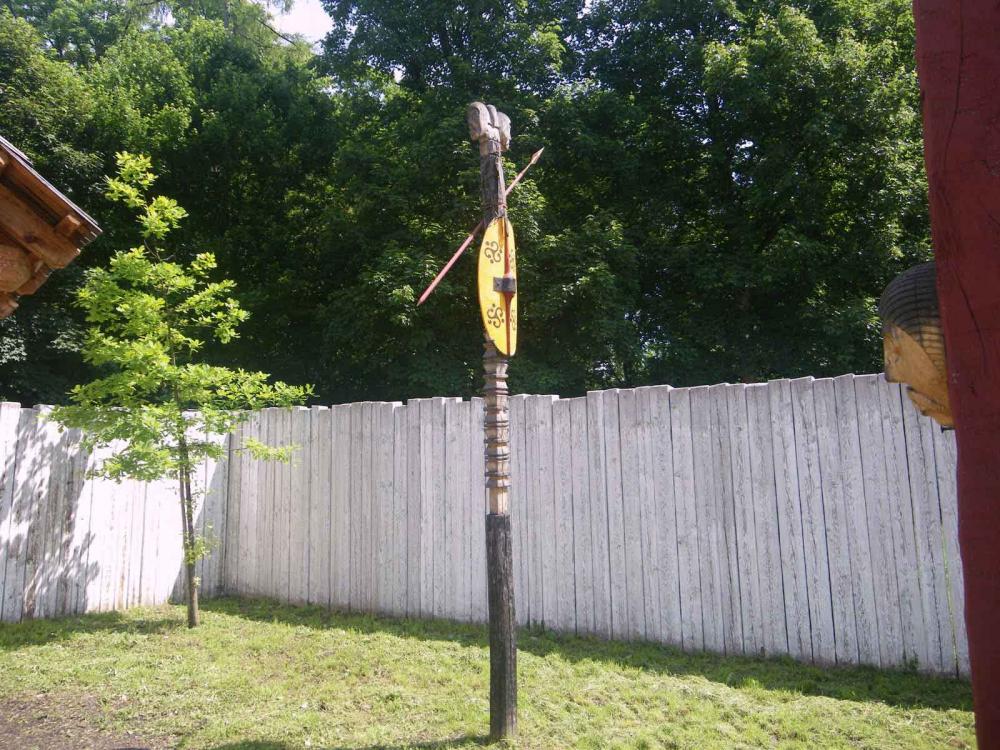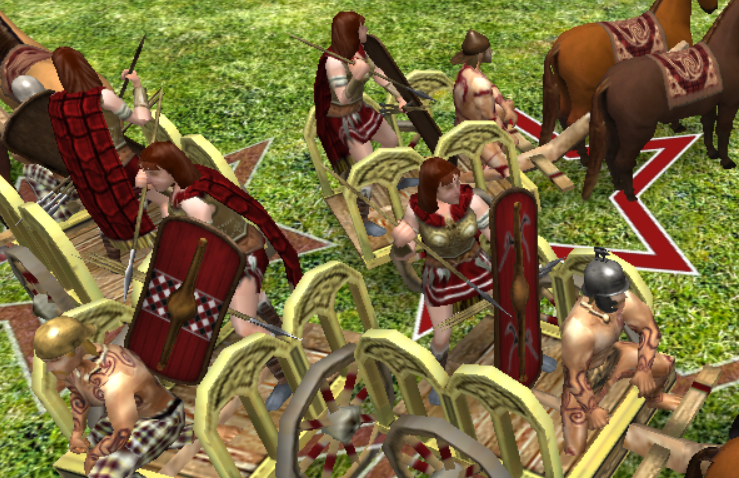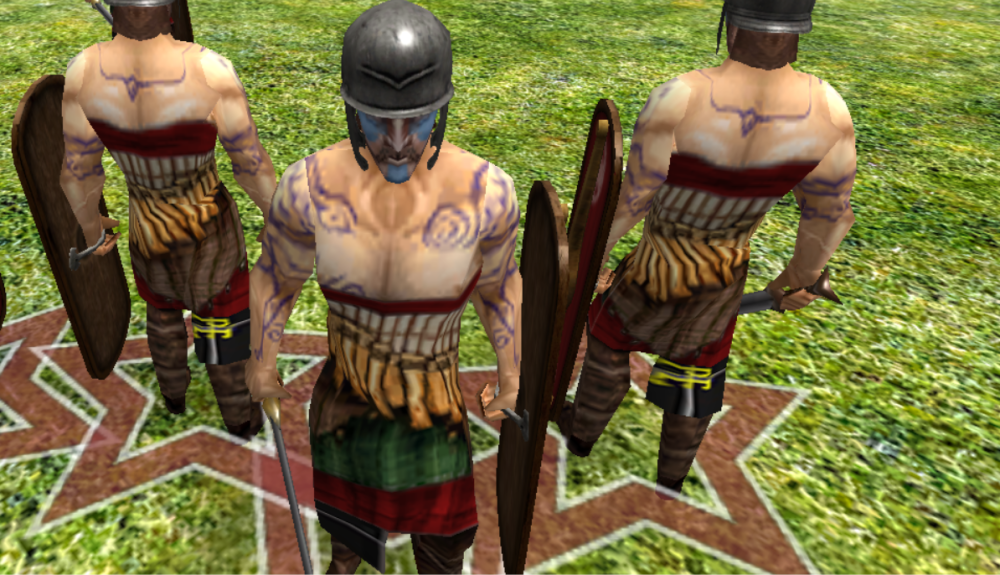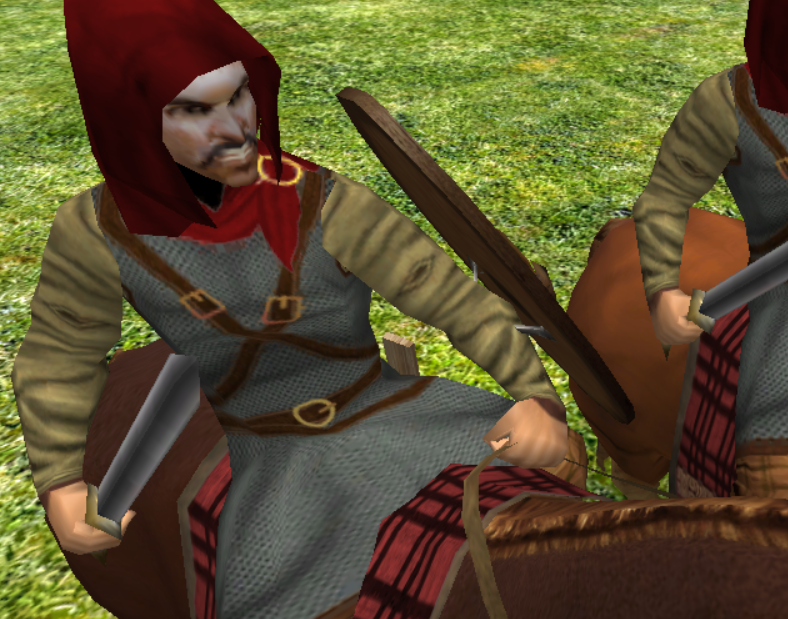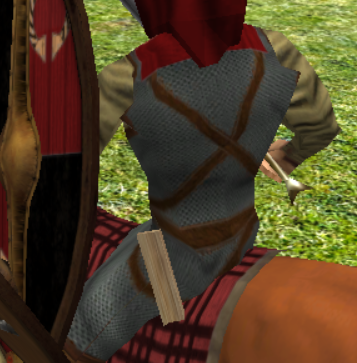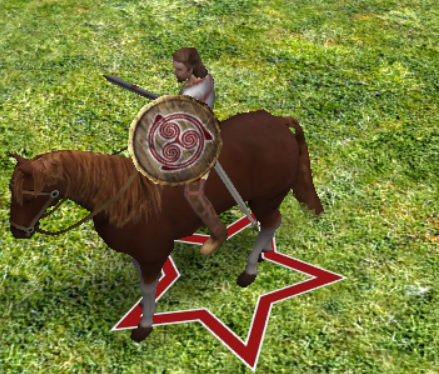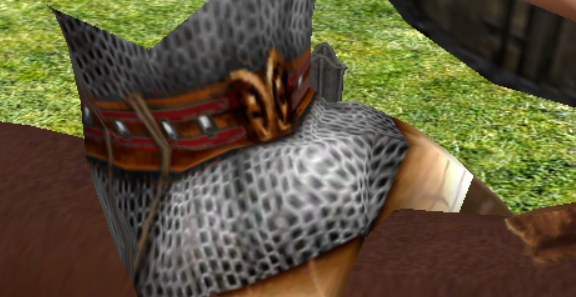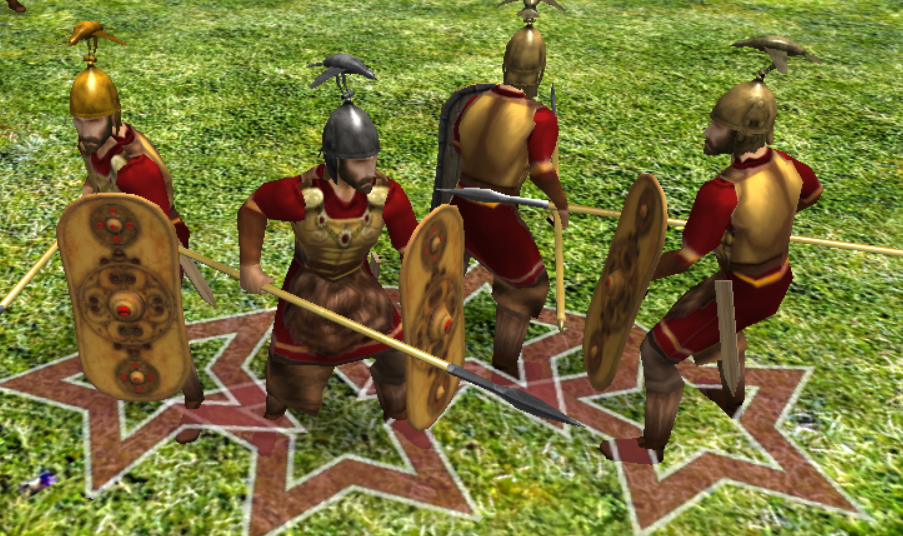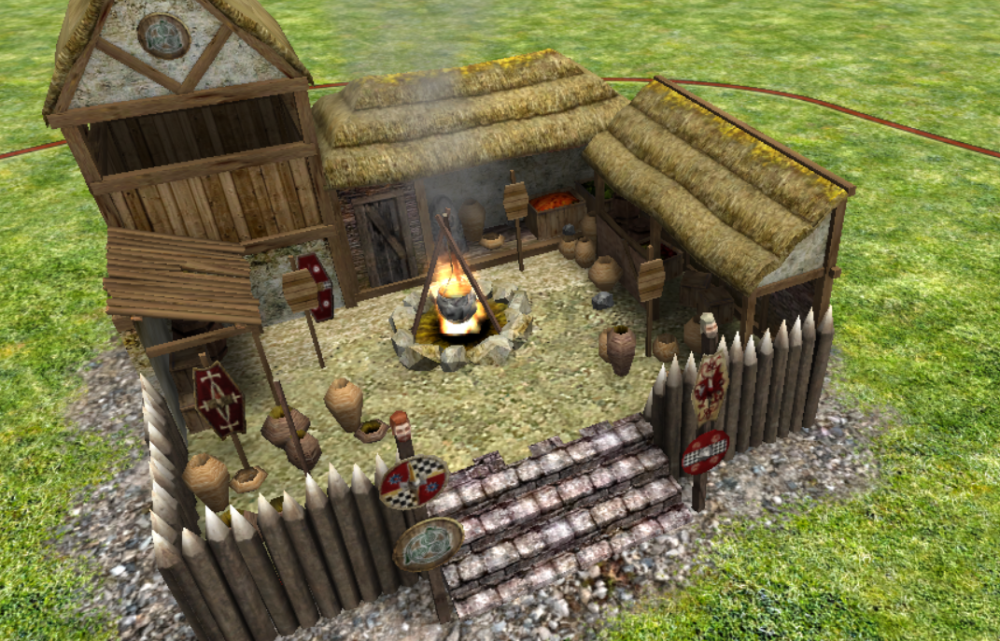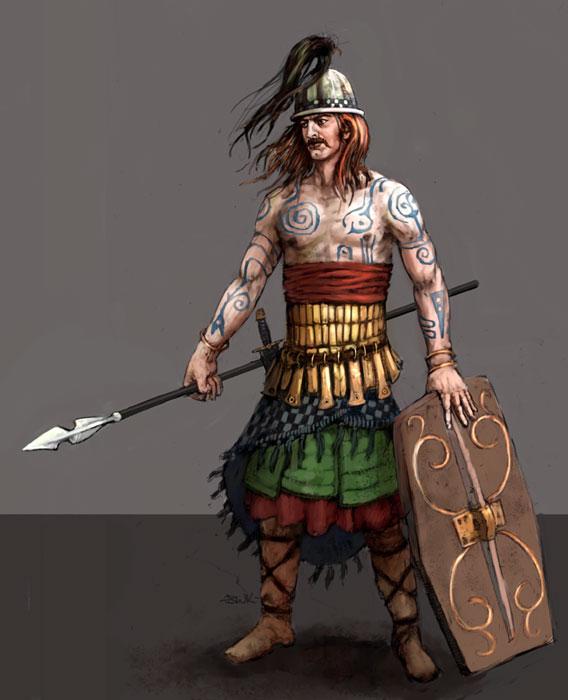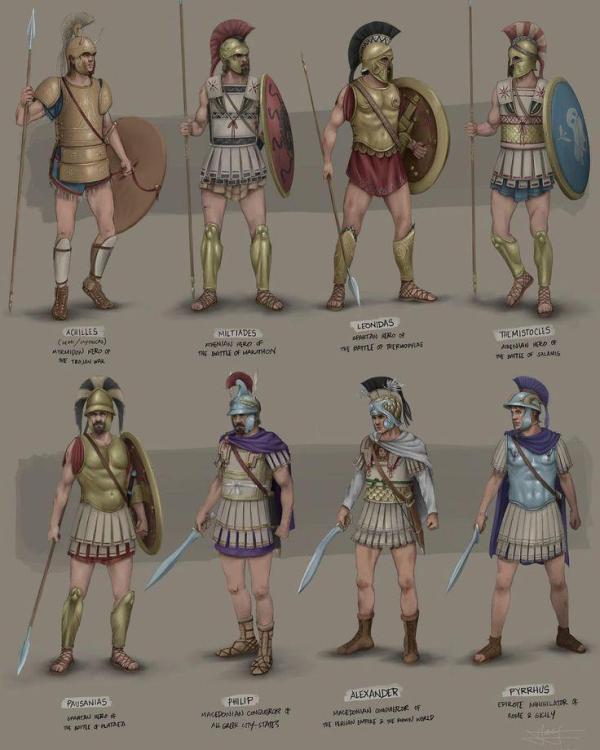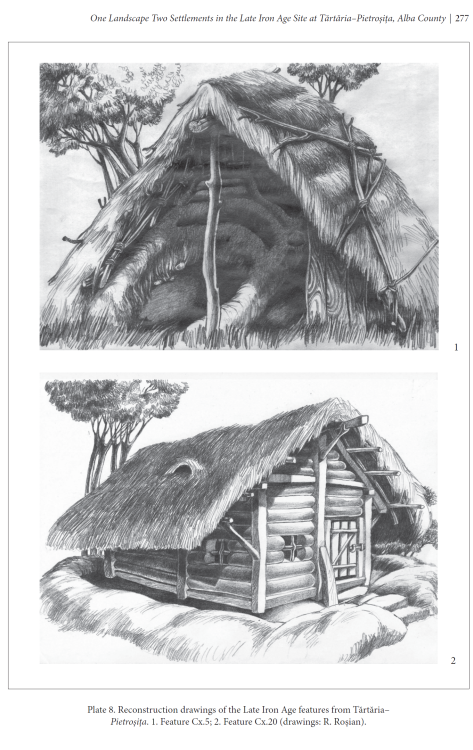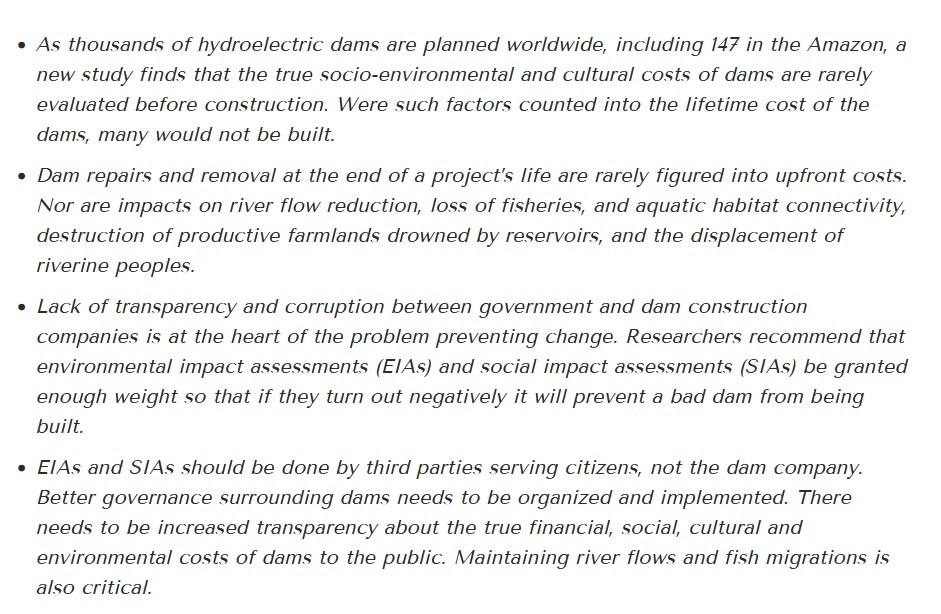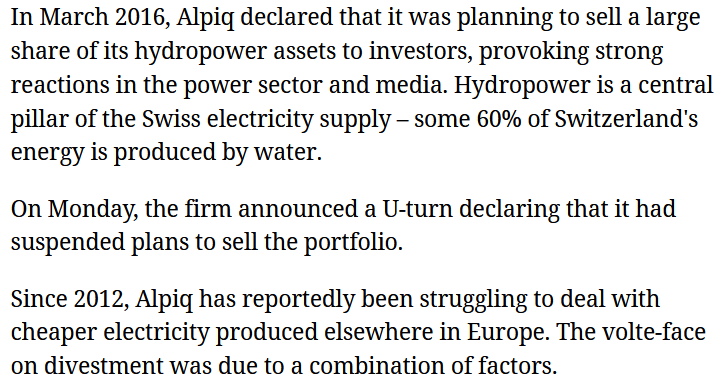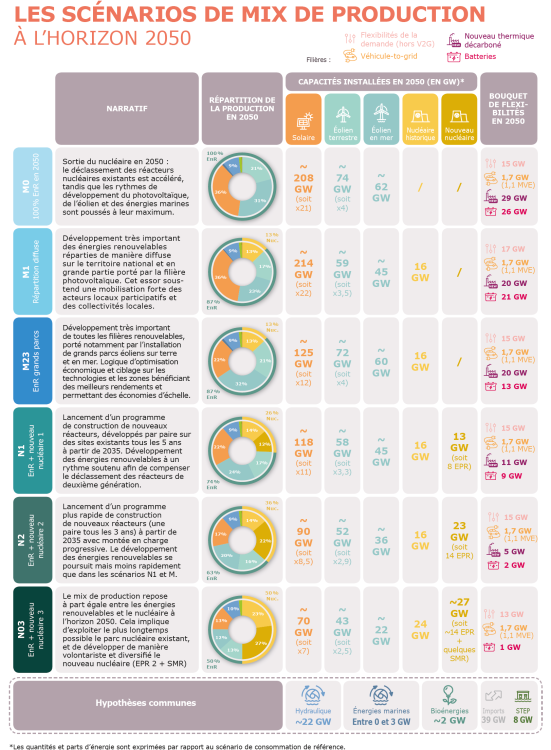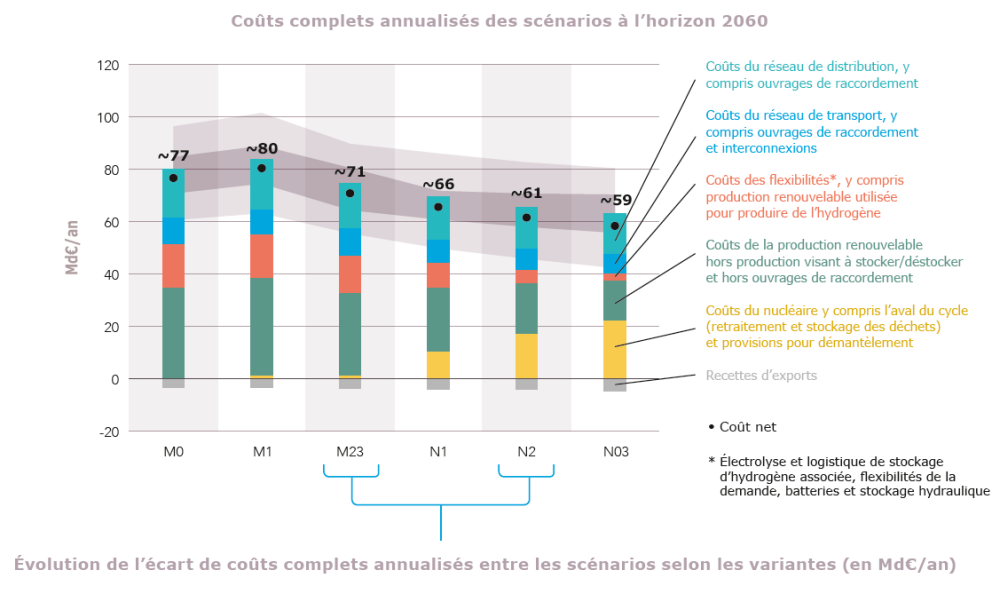-
Posts
2.391 -
Joined
-
Last visited
-
Days Won
81
Everything posted by Genava55
-
Much better. The fibula with the lambda is a bit odd but that's a minor issue and a great improvement The ditches are unnecessary. In fact, most sanctuaries simply follow the concept of an enclosed perimeter, many have ditches but not all have it. Well, there are some examples there: Wooden statues and other wooden figures, weapon trophies, small shrines... I am pretty sure that something like Roseldorf's experiment would be obvious to the players: A chainmail would be more accurate or even unarmored but with beautiful clothes. The site of La Tène with its dozen of swords, shields etc. is also a votive offering. Votive doesn't mean non-functional. The old school interpretation of nonfunctional and ceremonial weapons isn't favored anymore. First of all because we are finding more and more decorated items with visible marks of use. https://news.artnet.com/art-world/celtic-shield-warrior-grave-1725090
-
Boudicca has a bronze girl-chested armor which is both fantasy and inaccurate: Caratacos has the weird belt from its concept art, which is conan the barbarian -like stuff: http://images.gamedev.net/columns/spotlight/0AD/big02.jpg http://images.gamedev.net/columns/spotlight/0AD/big02.jpg Cunobelin is less problematic but he has weird leather straps (purely decorative) over the body and with buckles (belt buckles are actually something the Romans popularized, the Celts used belt hooks and rings), there is also a Roman fibula on the shoulder (the penannular fibula appeared during the Roman empire) and the wooden scabbard that should be in metal and on the other side: Vercingetorix still has a round shield (which isn't accurate), the scabbard on the wrong side and a weird belt: Viridomarus uses the Battersea shield (which has been found in UK), a bronze fantasy cuirass, a weird animal pelt and the same problematic wooden scabbard: Finally the temple... isn't really looking like a temple: Honestly, you could use it for anything else and you wouldn't see the issue. There is nothing telling you it is a temple or any building with a religious function. This could be a storehouse, barracks, a noble house, a military camp etc. The building isn't bad, except for the round shields, but it is super generic and unspecific.
-
.thumb.jpg.b21ca1d0c15fb56b42c39b25a0a40815.jpg)
The Big Eyecandy Progress List
Genava55 replied to idanwin's topic in Eyecandy, custom projects and misc.
-
.thumb.jpg.b21ca1d0c15fb56b42c39b25a0a40815.jpg)
===[TASK]=== Crowd Sourced - Thracians (Faction)
Genava55 replied to Cleo's topic in Game Modification
-
If you think this way, I don't see the point to wait. Close it. There will be always one guy coming over and starting to be insulting/offensive. Even if you are 10 people debating in good faith, there is always someone coming over to troll or to release his rage and frustration. Either you consider the topic as being the problem or you consider it is the guy. Edit: to illustrate the issue, how do you deal with this:
-
But is it really possible to get what Marx wanted without having it transformed into a corrupted and authoritarian state? Pardon my rhetorical question, but all the political party actually referring to marxism have the tendency to derive into authoritarian governments, limiting free speech and democratic rights. I am not against social protection and such things. But the whole anti-capitalist rhetoric, I cannot understand it nor approve it.
-
By marxism you mean centralized state capitalism? I always thought that Chernobyl and the Aral Sea were enough to remember that marxism isn't better for the environment.
-
In 2021, you should have noticed by now that you don't need a doomsday scenario to have a huge socio-economical problem. Is COVID a threat to the very existence of humanity? No. Just like the Spanish flu or any other pandemic, humanity has never been threatened by those. But still, pandemics are huge issues that have enormous impact on our lives. Climate change doesn't need to be a doomsday scenario to be a threat to our society and our lifestyle.
-
I see you need to learn some basics about the carbon cycle. Let's start with a simplified figure, on this one you can see the size of the "reservoirs" (the quantity of carbon stored in different parts of the Earth from a systematic pov) and the scale of the fluxes (the annual fluxes from a reservoir to another): As you can see, the arrow on the far left represents the burning of fossil fuels, a flux of carbon towards the atmosphere. The natural fluxes between the ocean and the atmosphere are indeed bigger than the burning of fossil fuels, however you should also notice they almost balance each others. And that's the difference I mentioned before, our contribution to the atmosphere is not balanced, we don't cause a flux in the other direction. While natural fluxes are going in both direction, photosynthesis and respiration are balancing each other, for example. Some people still doesn't get how a smaller contribution can cause such a problem even after seeing this figure, so I will use an analogy to make it clearer. Imagine a bathtub with a tap contributing for X liters by minute and imagine the drain open evacuating the same amount, X liters by minute. The water level should be at equilibrium. The human contribution is like turning on the tap to release more liters by minute. If the drain is flowing slower than the tap, then the level rises. And finally, can science prove it? Yes. Actually we can. Because not all CO2 is exactly the same. There are isotopes. Some isotopes are radioactive, most people know radiocarbon (14C) but there are stable isotopes as well (13C and 12C for example). And isotopic ratios varies between the reservoirs because chemical and biochemical processes discriminate CO2 made of certain isotopes (because different isotopes have different chemical bond strength). For example, inorganic carbon in the ocean is much richer in 13C isotopes than inorganic carbon in the atmosphere (CO2). So an increasing contribution from the ocean would make not only the atmospheric CO2 increasing but also the ratio of 13C isotopes. But we actually observe the reverse! Which is coherent with an increasing contribution from fossil fuels. If you want more information on this topic, check this website: https://gml.noaa.gov/education/isotopes/ There are quite a lot of evidences supporting the idea that humanity is the cause of the increase in CO2. Maybe you should give the scientific community the benefit of the doubt and dive more in the literature.
-
I have a master degree in Earth science, I studied plant ecology in my curriculum and even plant histology. But thanks. Every scientists know that CO2 facilitate photosynthesis and limitate water loss in plants. This is explicitely stated in IPCC reports. However, plants rely on other things to grow properly, notably nitrogen, phosphorous, potassium etc. And they also need water, light and a good range of temperatures. We know that climate change will impact those parameters as well and we know that in some cases the gain from CO2 fertilization won't be greater than the losses from water scarcity, interspecies competition etc. This idea of CO2 being always good for plants comes from a kind people that have a relationship with plants exclusively through greenhouses. If you have a basic knowledge of plant ecology in natural system, you wouldn't make such gross generalization. You mentioned C4 photosynthesis but this pathway has evolved to cope with lower CO2 during the last millions of years. This pathway gives a benefit to the plant in scarce situation. However in a world with higher CO2, this pathway is less suited. C4 plants struggle against C3 plants during higher CO2 levels because the latter are better to use the increase in CO2. They are outcompetiting the C4 most of the time. So it is not that simple, saying CO2 is good for plants is a no brainer claim from people believing they know better than those studying the topic.
-
So climate change is not a real environmental issue? All the scientists and all the institutions (national, international, NGO etc) warning us on the issue are untelligent people and you have figured what are the real issues of our world? Good story. But practically how do you apply it in a real world? Let's take the USA or China, how do you manage to make them halving their populations in a few decades? I agree with the idea of stopping world demographical growth to not make the issue more complicated but your idea of solving the issue by reducing the population is just silly and you didn't give it much thought. It is pure fantasy. Food for thought, nature found a way to do it. What you call "carbon consumers" in human societies have their equivalent in natural ecosystems. Every living beings rely on carbon for energy, they are consuming carbon all the time to live. But some living beings learnt to capture it and to store it from the atmosphere (photosynthesis). Natural carbon fluxes are much bigger than ours, the difference is that they are balanced. Ours are not. From an ecological pov, what we are doing right now is using the atmosphere as a landfill for our wastes (CO2, CH4). And your argument looks like you are saying that we want to compensate all our emissions with unproven technologies, but in reality that's only for the last percents of our emissions. Because we know that reducing the 10 last percents would be really difficult. However the first percents are quite easy to reduce. An example, almost 35% of world emissions are due to burning coal. You won't make me believe there isn't an alternative to coal. Second food for thought. Let's imagine the following crazy assumptions: - The problem won't solve itself magically. - The emissions will continue to rise, making our dependancy to fossil fuels higher, making the problem harder to solve and reducing our carbon budget quicker. - The time left to solve the problem before reaching a dangerous threshold of warming will shorten itself. - The more time passes on, the more the general public will notice the effects and consequences of climate change. - The more time passes on, the more we will talk about climate change in society (media, politics, scientific research, family) And once those assumptions are understood, what are the odds that they will increase the possibility to have a dystopian policy in the future? And if you don't understand my point, I will be more explicit. The idea that the problem will fade away is naive and there are much more chances we would live in a dystopian society when politicians are making last minute policy. Doing nothing today is the best you should do if you want to live in such societies.
-
The goal is carbon neutrality, how do you think we should reach this by controlling the number of people? And what do you mean by saying climate change is a faux issue?
-
.thumb.jpg.b21ca1d0c15fb56b42c39b25a0a40815.jpg)
Sacred places / Sites [ Gaia - Neutral stuff]
Genava55 replied to Lion.Kanzen's topic in Eyecandy, custom projects and misc.
Celtic Tumulus like Lavau Statue like Glauberg Stelae/pillar of Kerviguerou Roquepertuse -
or to finish it piece by piece, like with DLC... Honestly this is simply to please the shareholders, they want to see short-term benefits.
-
Sadly people accept to pay for unfinished games. They even pre-order games they know will be buggy and unfinished. Edit: back to the topic, another video about AoE4 gameplay system
-
-
Nor the VVER 1000 or the VVER 1200 have the major flaw of RBMK reactors. RBMK were using graphite and lacked a containment building. The Chernobyl disaster was due to several major issues we never saw in any western plants and a particular context, that the people controlling the plant were unaware of the flaws. Honestly bringing Chernobyl in the topic is terrible, this is simply a dull scarecrow. Which are generally.... small projects. Hydroelectric dams, large solar farms, offshore wind turbines... every large project related to renewable suffer from the same issues as nuclear plants. And renewable energy is cheap when it is a small part of the grid, but the larger it gets, the more expensive it becomes. It is hard to control, hard to distribute, hard to maintain. The network is much more complex.
-
Welcome to real world, every large project has this issue. Like what? Are you insinuating there are the same technological flaws? https://en.wikipedia.org/wiki/Rooppur_Nuclear_Power_Plant
-
A French report says that an entire grid with nuclear production (mixed with 50/50 nuclear/renewable) is much cheaper than 100% renewable or 87% renewable. Including the construction cost, waste management cost and decommission cost.
-
-
I am not sure. Maybe. I know Iberians from the North-East collected heads. Hands I don't know. As far as I know, the genetical differences between Iberians or Etruscans are small with their neighbors. On the Iberian peninsula, the change mostly happened during the early Bronze Age but for everyone. https://www.nationalgeographic.com/science/article/ancient-iberians-dna-from-steppe-men-spain https://www.ncbi.nlm.nih.gov/pmc/articles/PMC6436108/ https://www.uma.es/sala-de-prensa/noticias/reconstruyen-la-historia-genomica-de-la-peninsula-iberica-de-los-ultimos-8000-anos/ https://www.lavanguardia.com/vida/20190314/461028099943/la-asombrosa-historia-de-la-peninsula-iberica-a-traves-de-8000-anos-de-adn.html

